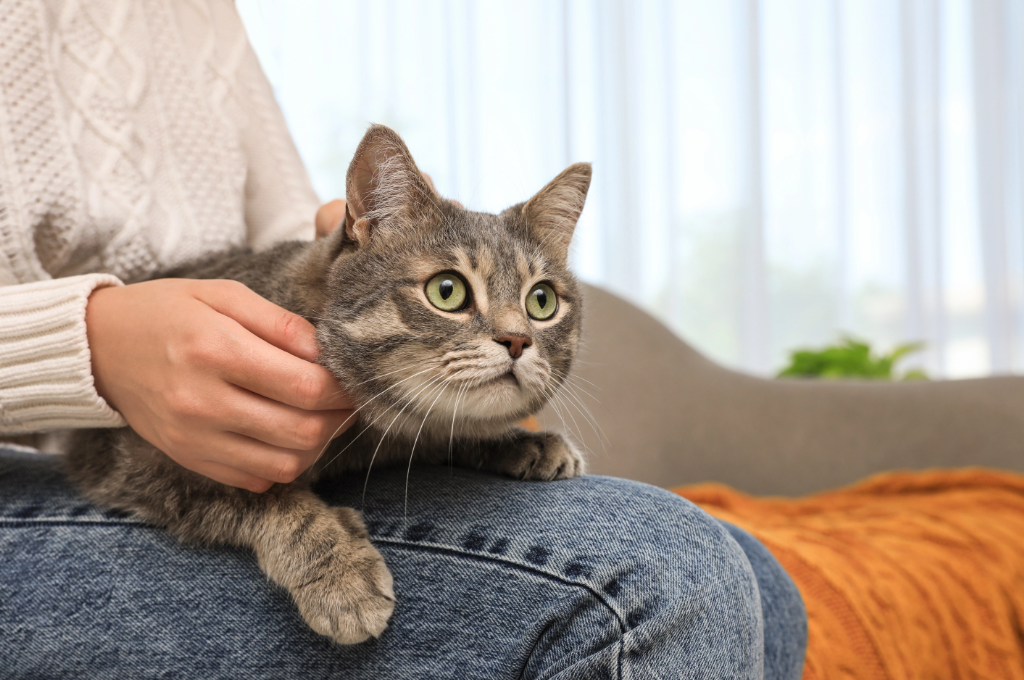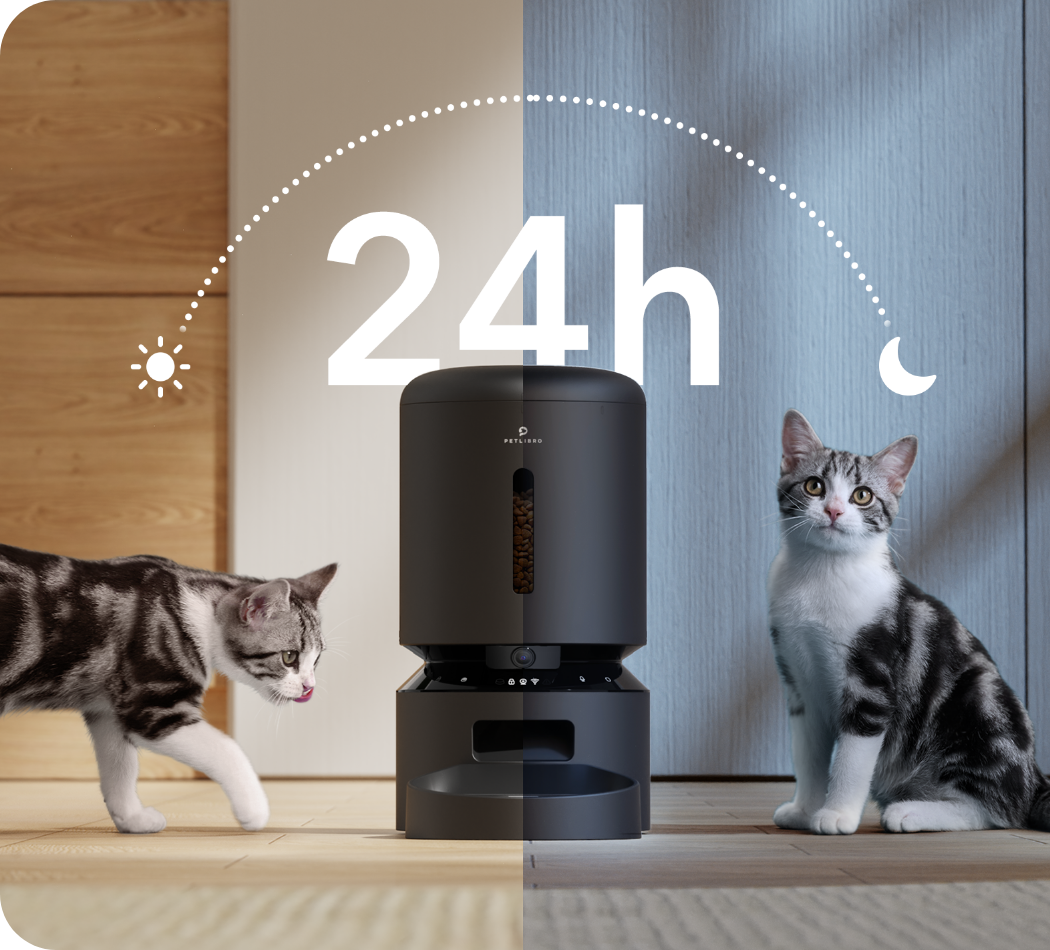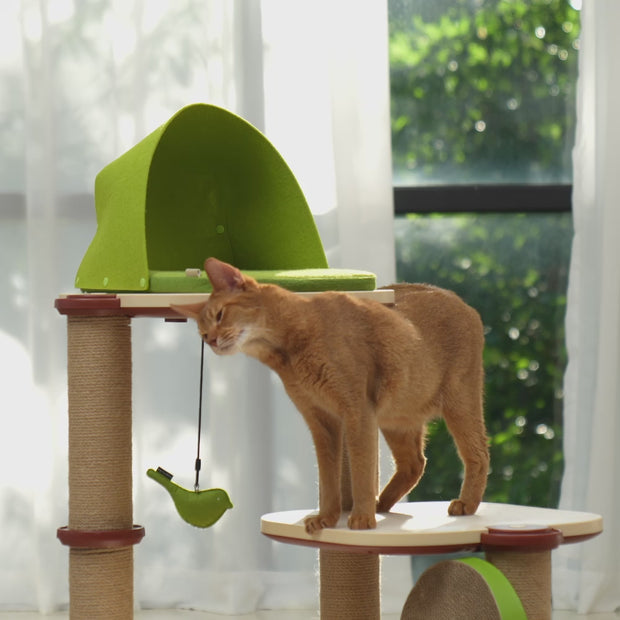



The bi-annual event of Daylight Saving Time change not only affects humans but also our cherished pets. The time change may disrupt their routines and impact their health. In this article, we will explore how changes in Daylight Saving Time may affect pets' lives emotionally and practically, and provide pet owners with tips to help their furry pets adjust harmoniously.

Daylight saving time changes can have profound emotional and lifestyle implications for pets. These beloved animals, from cats to dogs, find comfort in routine and predictability. Any sudden shifts in their daily schedules, be it meal times, play sessions, or sleep routines, can trigger a sense of disorientation and unease. Consequently, some pets may display visible signs of anxiety, increased restlessness, or significant behavioral alterations as they struggle to adapt to these disruptions.
As a pet owner, there are proactive steps you can take to help your furry friend cope with the challenges of Daylight Saving Time changes. Here are some tips to consider:
1. Gradual Transition: Begin adjusting your pet's schedule a few days before the time change, gradually altering their eating and activity times. This gradual transition helps minimize the impact of sudden changes on your pet's routine.

2. Use an Automatic Feeder: Consider using an automatic feeder such as the PETLIBRO Granary Camera Monitoring Feeder to watch your pet's eating frequency through the camera on weekdays when you're not at home. The Granary's voice recording feature can be used to customize the meal call function to call your pet to eat food during mealtimes, ensuring that your pet eats at a consistent time, even if the time changes. This can provide a sense of stability and predictability for your pet during transitions.
3. Maintain Exercise and Playtime: It is important to continue to provide your pet with regular exercise and playtime despite the time change. Engaging your pet in toy activities helps relieve stress and anxiety, keeping your pet mentally and physically stimulated.

4. Create a Comfortable Environment: Make sure your pet has a comfortable and safe space to relax. Setting up a cat climbing frame at the right height in your home, such as from PETLIBRO's INFINITY Cat Tree, can provide a secure and comfortable space for your pet during this period of acclimatization.
5. Monitor Your Pet's Behavior: Pay close attention to your pet's behavior and mood during the time change. Observe your pet for signs of distress or discomfort and consult your veterinarian if needed.
By implementing these tips, pet owners can help their furry companions adjust to the Daylight Saving Time change, ensuring a smoother transition and minimizing any potential stress or anxiety for their pets.